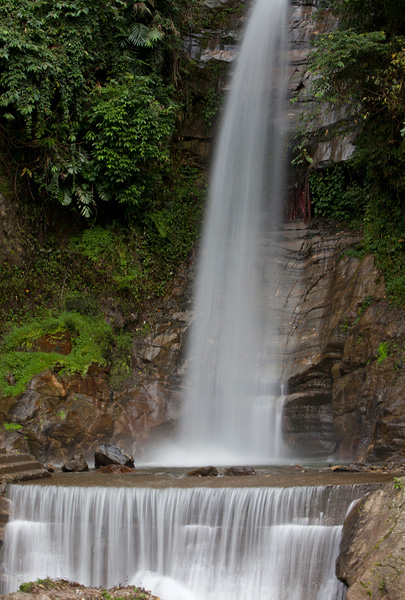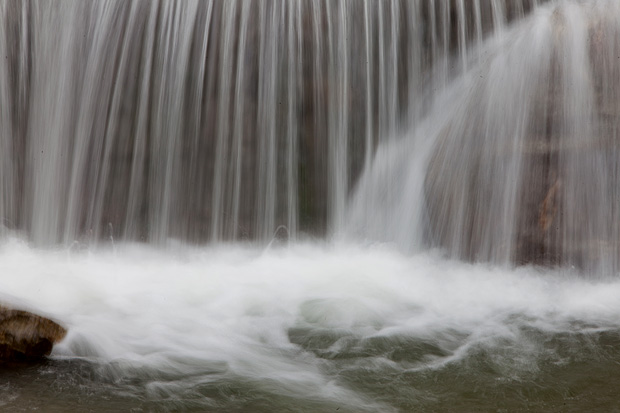Sikkim – I: Changu Lake and Nathula
Nathula Pass is a good place to see a great Asian divide. At an altitude of 14,200 feet, a flimsy barbed-wire fence separates two countries – India and the Tibetan Autonomous Region. India and China, if we get rid of all the jazzy names that the Chinese use for the territory occupied by them for nearly 60 years now. A divide deeper than geographical boundaries becomes obvious in a few minutes of walking along the barbed-wire. The Indian side of the fence is packed with tourists running up and down, taking photographs and posing with Indian jawans. A few tourists even go and stand next to Chinese soldiers guarding the fence and get their photographs taken. Enough care is taken to make sure no one puts their feet across the fence, not even accidentally. The Chinese soldiers pose with a grim face, never relaxing a bit and never offering the slightest hint of a smile. But on the Indian side of the fence, soldiers and civilians stand together, arms over each other’s shoulders, happily posing for the camera. A customary conversation and handshake follows. The jawans are happy to break the monotony of their work and the tourists are happy to carry home some good memories. There are no tourists to see on the Chinese side, perhaps because they are not permitted to come here or because the mainland is too faraway. Or may be they are just not interested.
The cultural differences are apparent even in the buildings on both sides. On each side of the border is a building that perhaps serves as some kind of an office for the border security forces. The Chinese building is all concrete and glass with no sign of life. The Indian building is decorated with patriotic paintings and photographs, and has a more cheerful design. The two nations are divided in many ways.
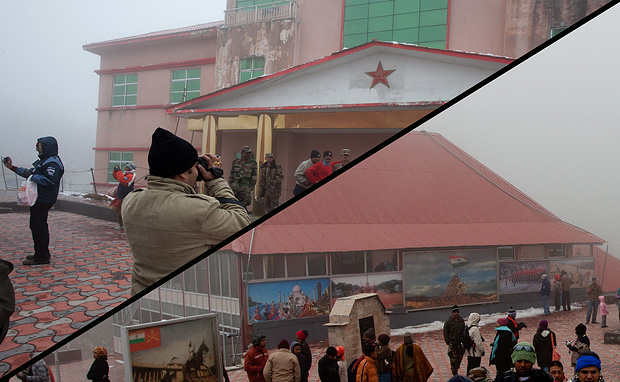
Nathula
Nathula Pass is a border-post separating Sikkim in India with Tibetan Autonomous Region in China. It served as a trade-post between India and Tibet before the Chinese occupation of the later. The government of India had sealed the border at Nathula after the Sino-Indian war in 1962 but re-opened it for trade in 2006 after talks with Chinese Government. Volume of trade through Nathula has steadily increased since then, but is still only a small fraction of the transactions between India and China.
I made a visit to Nathula with a bunch of bloggers invited to visit Club Mahindra Royal Demazong Resort in Gangtok, Sikkim. Nathula is just 50km from Gangtok, but the narrow and winding mountain roads, heavy tourist traffic and frequent landslides ensure that it takes good four hours to complete the journey. I was looking forward to taking this road, hoping to see some great views of the the valley of Gangtok from the top and experience the scale of mighty Himalayas. But for reasons I can’t pinpoint, the drive up did not excite me as much as I hoped to, though visiting the border and seeing the apparent divide between the countries was a worthwhile experience. Perhaps it could be the heavy traffic on the way, perhaps the cloudy weather that day or it could just be a jaded me. But I did enjoy seeing a dash golden and brown coloured leaves in the middle of thick greenery in the slopes and watching the streams running down at the bottom of the valley.
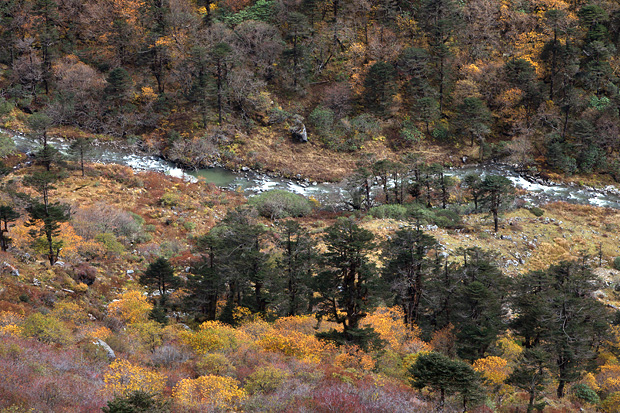
On the road to Nathula
Even Changu Lake (also called Tsomgo Lake), which I very much looked forward to see failed to excite my senses. Changu is a large greenish-coloured lake at an altitude above 12,000 feet, about 12km before Nathula. It would be preposterous call the lake ‘not beautiful,’ but the spread of shops and tourist facilities next to the lake, a road that runs right next to the waters, a bunch of telephone lines that run along the length of the lake and army bunkers located right above the lake together make the lake appear like a body of water trapped in a construction zone. However, colourful prayer flags planted along the bank and the green slopes on the other side help restore a bit of the lake’s glory. It is not just one lake that dons the mountains here: a series of small water bodies trapped in the depression start appearing on the road up from Changu. Their colours have varying hues of green and black despite being fed by the same snow melt sources.
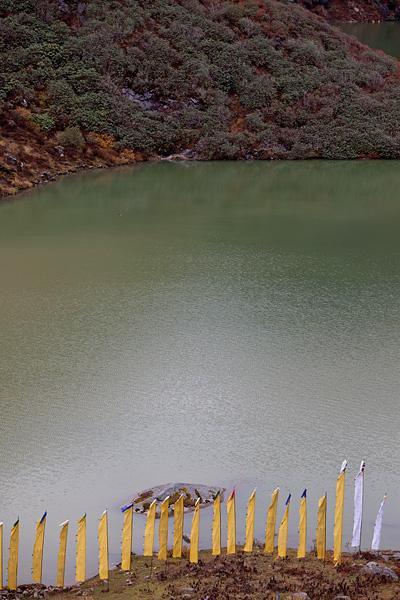
Changu Lake
Weather remained pleasant as we drove towards Nathula. The air was crisp and pleasantly cold in Changu, but the descending clouds spelled of a bad weather at higher reaches. Nathula was foggy and cold but bearable when we arrived. It had snowed the previous day and fresh dollops of snow was scattered along the slopes. The border post is a flight of steps from the road that often left the visitors breathless, but did not tire them enough to contain the excitement of having reached the frontier and pose happily for the camera. The weather deteriorated a while after we got there, thanks to accumulated fog and a gentle wind. I retreated to the Indian Army cafeteria nearby—the ever resourceful army was kind enough to run one for tourists and offer some warmth of coffee and snacks—and gulped multiple glasses of coffee to compensate for the cold weather. The smart public relations machinery of the army was not only doing a great job in keeping the tourists warm, for a small fee they were even issuing certificates to visitors on having made it to the frontier!
The Sikkim travelogue concludes in next part – Gangtok Zoo and Lingdum Monastery.
Prints of all the images available. Request for prints.
